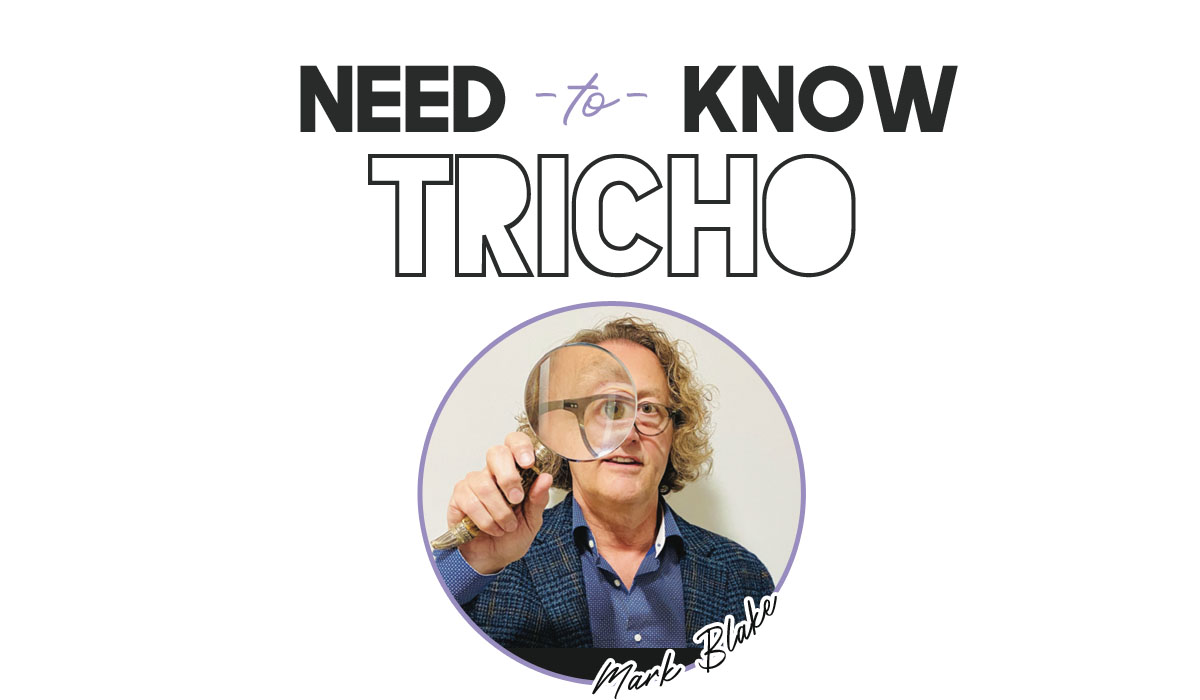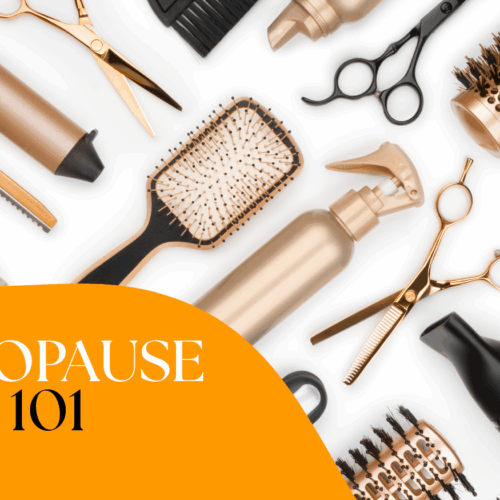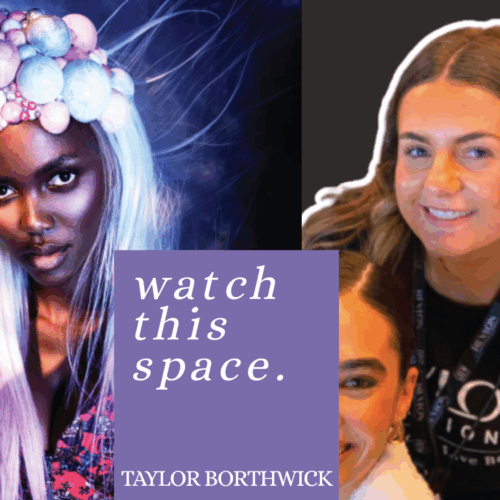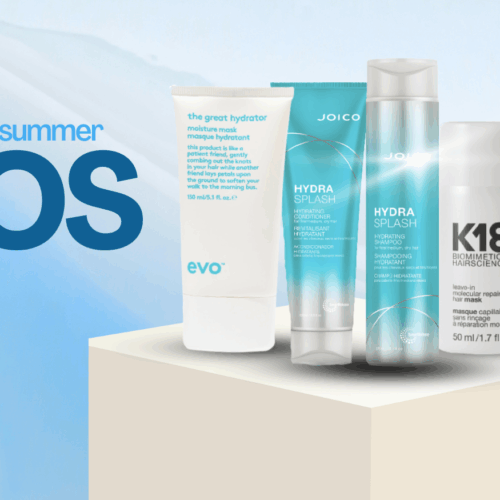Diet
I always say that we can only grow great hair if we are feeding our bodies with the right nutrients. This is especially the case for teenagers, given that they often have a bad diet when they’re not at home; university, college, going out a lot and partying hard can take its toll on a healthy diet. It sounds obvious, but diet is the first step to growing great hair.
Tattoos
There’s nothing quite like a tattoo to truly make a statement, so it’s no surprise that the late teenage years are when many head straight to the tattoo parlour. However, did you know that reactions to ink allergies can trigger hair loss as the body fights infection? According to the American Academy of Dermatology, specifically red ink is often the culprit, but in reality, any colour may cause a reaction. It’s worth being aware of the connection as a potential cause of hair loss.
Sleep (or lack of it)
Looking at phones and tablets before going to bed is a big no-no. Blue light from devices fools the brain into thinking it’s daytime. When we go to bed, our body starts winding down as it gets dark, and a sleep hormone is released called Melatonin. Teenagers are more sensitive to the effects of blue light than adults, so their quality of sleep is reduced. Night-time is when the body repairs its cells, so this can have a massive impact on the hair. It might not seem like sleep depravation is a major culprit for growing quality hair, but it is.
Severe styling
The fashion for slicked-back hair can take a heavy toll on the hair and cause traction alopecia, leading to long-term damage to the hair follicle. Looser styles will reduce the strain and most definitely help scalp health.
Stress
Mental health plays a big part with teenagers losing their hair. Stress causes a condition known as telogen effluvium, which can last until the causative factors are taken away. Never underestimate the toll that stress takes on the hair.
Eating disorders
Females (occasionally males) between the ages of 13-19, and women in their twenties, are most likely to be affected by Anorexia. With such little food being eaten, the hair follicle is deprived of the energy it needs to grow healthy hair and hair shedding becomes commonplace. It takes around 160 calories to grow 1 gram of hair.
Male hereditary hair loss
Males mature at around the age of 19, which is also the time that hair loss can start in young men – particularly if they are predisposed to hereditary hair loss. Every young male needs to start a hair loss prevention routine at this age. I highly recommend Nioxin’s three step systems, as prevention is always better than waiting until the hair starts to recede and fall out.
For related articles, click here





